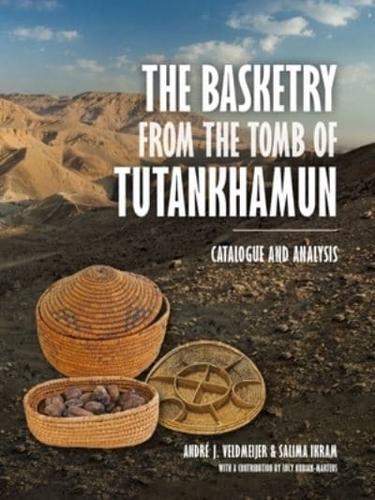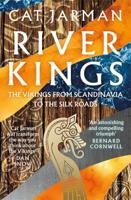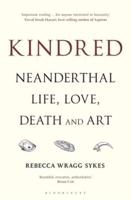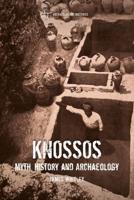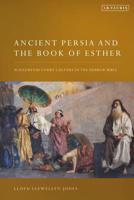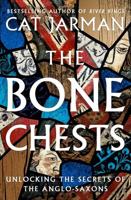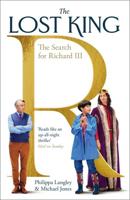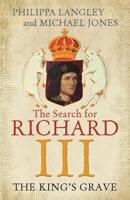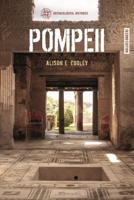Publisher's Synopsis
The tomb of Tutankhamun, discovered in 1922 in the Valley of the Kings in Luxor (Egypt) by Howard Carted, yielded over 6000 items. Among the vast number of richly embellished precious objects, such as the solid gold coffin and mask, were also more mundane objects, including the hitherto unpublished basketry objects. Baskets, the 'plastic bags' of the ancient world, were used for storage of all sorts of things, including food, clothing and jewellery, and many that were found in the tomb retained their original contents. The present work describes and illustrates the basketry and basketry boxes from the tomb in detail, giving attention to the technology, material, shape, decoration, as well as their contents. The analysis contextualises the basketry in a wider framework, comparing it with other examples and the visual record, with regard to the technology used to make them and their uses. The book will be of interest for those interested in basketry, ancient technology, daily life and burial customs in ancient Egypt and is written for a wide audience.
